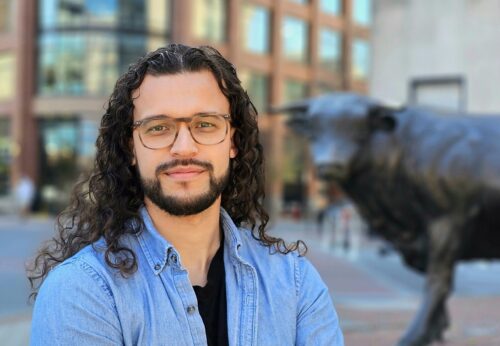Colette Montgomery runs a youth soccer league of 900 families in Edina, Minnesota, serves as an associate staff instructor for the National Soccer Coaches Association of America, and advises the Minnesota Youth Soccer Association on curriculum, staff development, and policy. It’s her dream career. But it took the English native and U.S. green card holder many years to establish a life in the United States. The reason was a complex and lengthy immigration process.
I think there are benefits of having different experiences, different influences, coming in to a specific culture. We’re really learning from each other.
Born in the town of Nuneaton, in England, Montgomery enjoyed a childhood that revolved around soccer. She played in the Doncaster Belles youth program, and later studied and played at the National Women’s Football Academy in Durham. In 2003, the Manchester United fan traveled to the United States for the first time to work for a Minnesota-based summer camp called Educational Sports Programs. She was 23. “It was amazing,” Montgomery says. “It was enough for me to want to pursue being here full time.”
But this wasn’t easily accomplished. The visa she initially used to live and work in Minnesota expired after 18 months. After a slew of jobs and numerous visa designations, Montgomery finally received her green card in April of 2016, 13 years after making it her life goal to live and work in the United States.
To her, the U.S. immigration system could certainly be less bureaucratic, yet Montgomery feels grateful that she was able finally to navigate the system. “It’s taken a long time, but it’s definitely been worth the investment and the patience of sticking with it over the years,” she says. Now that she’s here, Montgomery sees the benefit that a diverse immigrant population brings to the American soccer landscape. “Soccer’s a world sport,” she says. “There are different flavors, from South America to Europe to the U.S. itself. Every culture has its own real identity within it. So I think there are benefits of having different experiences, different influences, coming in to a specific culture. We’re really learning from each other.”



